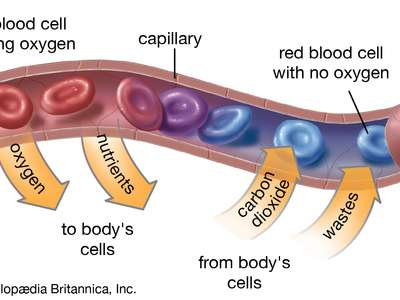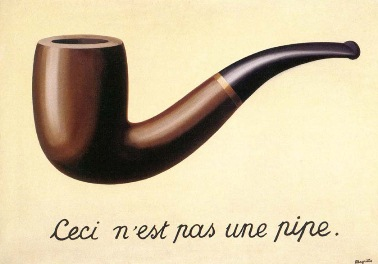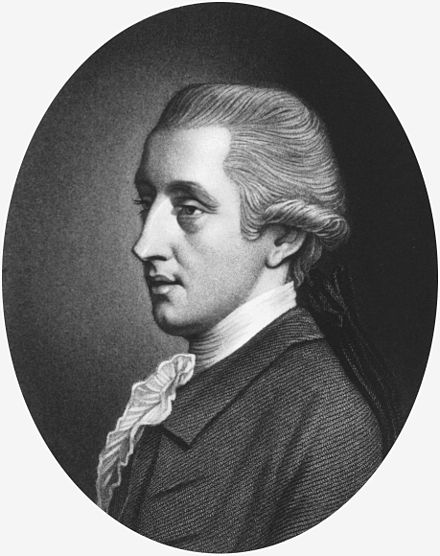Let's talk about why mammalian red blood cells (erythrocytes) don't have nuclei.
~85% of all your cells are erythrocytes, 20-30 trillion of them in an adult.
You produce >2 million every second & they represent half of all your blood volume. So why don't they have any DNA?
~85% of all your cells are erythrocytes, 20-30 trillion of them in an adult.
You produce >2 million every second & they represent half of all your blood volume. So why don't they have any DNA?

We can talk about the ways that erythrocytes are optimized for transporting hemoglobin(Hb)-bound oxygen throughout our tissues: 

No nuclei means no metabolism or cell machinery, so an RBC becomes just a small, flexible bag of Hb, which means they can travel down even the tiniest of blood vessels, and deliver oxygen payloads into the interstitial spaces. 

The puzzle here is that almost all non-mammalian vertebrates have nucleated RBCs, with very rare exceptions.
1. T Ryan Gregory (@TRyanGregory) proposes one explanatory mechanism:
1. T Ryan Gregory (@TRyanGregory) proposes one explanatory mechanism:

Nuclei take up space in a cell and the larger the genome, the more space (see figure, showing fish correlation). That may impose cap on how large a genome can get in a vertebrate w nucleated RBCs before they get too big to travel to the smallest spaces in tissues. 

Large genomes, especially those with extensive non-coding sequences, require a decoupling of that relationship.
His paper is here: pubmed.ncbi.nlm.nih.gov/11783946/ (paywalled)
His paper is here: pubmed.ncbi.nlm.nih.gov/11783946/ (paywalled)
2. It's also worth noting some things that cells without nuclei (anucleated) *can't* do
a. They can't be infected by viruses.
b. They can't develop mutations or cancer.
c. They don't need to be told to self-destruct when they malfunction.
a. They can't be infected by viruses.
b. They can't develop mutations or cancer.
c. They don't need to be told to self-destruct when they malfunction.

So one possible explanation derives from Peto's Paradox: anucleated cells may be one of many adaptations to 'largeness' in organisms, where cancer rate and number of cells should be roughly correlated. 

3. What's the upside of nucleated erythrocytes?
In non-mammals, RBCs are part of their immune system. They present antigens, respond to viral infections by producing interferon, some can phagocytize yeast & they surround or "rosette" invaders to signal macrophages to respond.
In non-mammals, RBCs are part of their immune system. They present antigens, respond to viral infections by producing interferon, some can phagocytize yeast & they surround or "rosette" invaders to signal macrophages to respond.

It could be that the mammalian immune system co-opted those functions into other, more specialized cell types (although human RBCs do still have some immune function). 

Conclusion:
Mammals made a trade-off in evolutionary history that 85% of cells have no DNA, are metabolically dead & can't adapt to their environment.
In exchange, we likely constrained our cancer risk, limited infection & reduced metabolic "cost" of our large blood volume.
Mammals made a trade-off in evolutionary history that 85% of cells have no DNA, are metabolically dead & can't adapt to their environment.
In exchange, we likely constrained our cancer risk, limited infection & reduced metabolic "cost" of our large blood volume.

• • •
Missing some Tweet in this thread? You can try to
force a refresh




















